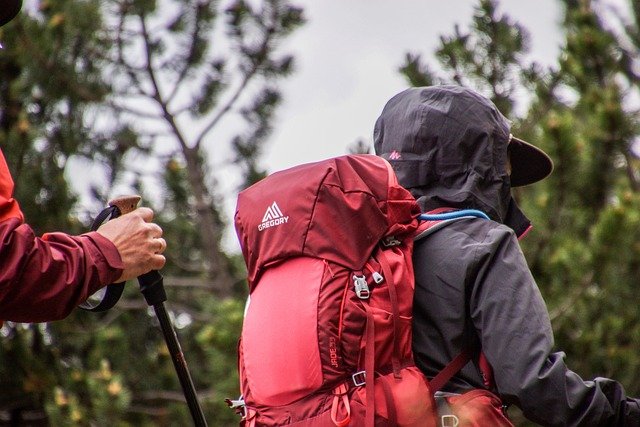Hiking Tools for Safe and Comfortable Trail Trips
Choosing the right hiking tools makes time on the trail safer and more enjoyable. Proper equipment reduces the risk of injury, protects you from the elements, and helps you respond to unexpected situations. This article outlines practical gear choices and how to use them effectively, focusing on route planning, walking sticks, first aid kits, boots, and jackets so you can prepare for a variety of conditions without overpacking.

Trail planning and route tools
Good trail planning is the foundation of any successful hike. Before setting out, study up-to-date maps, elevation profiles, and trail descriptions to understand distance, expected terrain, and any water or shelter points. Digital mapping apps can help with navigation but always carry a physical map and a compass as backups; batteries fail and cell service is not guaranteed on many trails. Note trail difficulty and seasonal conditions to match your fitness and skills.
A route plan also includes estimated times, rest stops, and emergency exit options. Share your planned trail and expected return time with someone who can check on you if you don’t return as scheduled. Finally, consider trail permits or regulations in your area and check local services for trail status updates before you go.
Walking stick: when and how to use one
A walking stick or trekking pole can improve balance, reduce joint strain, and increase efficiency on steep or uneven ground. Use a single stick for light assistance, or a pair of adjustable trekking poles for more support on long hikes with significant elevation change. Adjust pole length so your elbow forms roughly a 90-degree angle when holding the grip.
Select a walking stick based on weight, packability, grip material, and tip type for the terrain you’ll encounter. Practice using poles on short walks to develop a comfortable rhythm; improper use can cause shoulder or wrist fatigue. Store a collapsible walking stick in an accessible place so you can deploy it quickly on technical sections of the trail.
First aid kit: essential contents and maintenance
A compact first aid kit tailored for hiking should cover common injuries like cuts, blisters, sprains, and minor burns. Essential items include adhesive bandages in various sizes, sterile gauze, adhesive tape, antiseptic wipes, blister treatment, pain relievers, tweezers, safety pins, and an elastic bandage for sprains. Include any personal prescription medications in a waterproof container and note dosages and allergies on a card.
Regularly inspect and restock your first aid kit; replace expired medications and sterile items. For longer or remote hikes, add a lightweight emergency splint, a space blanket, and a small supply of water purification tablets. Familiarize yourself with basic first aid procedures before heading out — a kit is useful only if you know how to use its contents.
Boots: fit, features, and breaking them in
Proper boots reduce the likelihood of blisters, ankle injuries, and foot pain. Choose footwear that matches the terrain: lightweight trail shoes for well-maintained paths, sturdier boots with ankle support for rough or rocky terrain, and waterproof options when expecting wet conditions. Focus first on fit — a secure heel, room for toes to splay, and no pinching across the instep. Try boots with the socks you plan to wear while hiking.
Break in new boots on short walks and gradually increase distance to soften materials and identify pressure points. Consider boot features like tread pattern, midsole stiffness, and breathability based on your typical trail conditions. Proper foot care — moisture-wicking socks, foot powder, and routine blister checks — extends comfort and reduces the chance of a hike-ending problem.
Jacket: layers and weather protection
A good jacket is a key component of a layering system designed to manage temperature and moisture on the trail. Instead of a single heavy coat, use layers: a moisture-wicking base layer, an insulating midlayer, and a shell jacket for wind and rain protection. For variable conditions, pack a lightweight, breathable rain jacket with taped seams and a helmet-compatible hood if you carry a climbing helmet or hike in windy areas.
Choose jacket materials according to activity level and climate — soft-shell jackets offer flexibility and moderate weather resistance, while waterproof-breathable shells provide stronger rain protection at the expense of some breathability. Keep your jacket accessible in your pack so you can add or remove layers quickly in response to changes on the trail, and periodically check zippers and seams for wear.
Conclusion
Selecting the right hiking tools involves matching equipment to the trail, conditions, and your personal needs. Plan your route, consider a walking stick for stability, maintain a well-stocked first aid kit, invest time in proper boot fit and break-in, and use a layered jacket system for weather protection. Thoughtful preparation helps you manage common issues on the trail and makes outdoor time safer and more comfortable.






